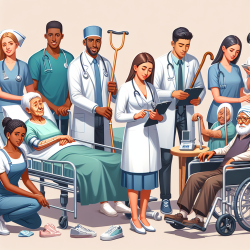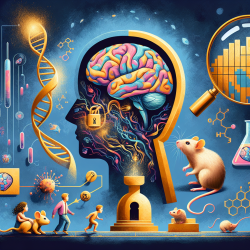Understanding Puberty: Empowering Practitioners with Data-Driven Insights
Adolescence is a critical period marked by significant physical, psychological, and social changes. As practitioners, understanding the educational needs of adolescents, especially girls, during puberty is crucial for fostering positive health outcomes. A recent study titled "Educational needs assessment among 10–14-year-old girls about puberty adolescent health of Ardebil" offers valuable insights into these needs.
Research Insights
The study conducted in Ardabil, Iran, involved 452 girls aged 10-14. It revealed that while 73.8% of the participants were aware of puberty and menstruation problems, a staggering 74.3% had poor self-efficacy. Furthermore, 77% lacked access to educational resources, and 88% of families did not discuss hygiene practices with their children. These findings highlight a significant gap in education and communication regarding puberty.
Role of Mothers and Educational Interventions
Mothers emerged as the primary source of information for the girls, underscoring the importance of empowering parents with the knowledge and skills to guide their children through puberty. The study suggests that educational interventions should target both adolescents and their mothers to improve awareness and self-care behaviors.
Implementing Data-Driven Strategies
Practitioners can leverage these findings to design targeted educational programs. Here are some strategies:
- Enhance Parental Education: Develop workshops and resources for parents to improve their understanding of puberty and how to communicate effectively with their children.
- Increase Access to Resources: Ensure that educational materials and classes are readily available to adolescents, particularly focusing on self-efficacy and self-care behaviors.
- Utilize Technology: Platforms like TinyEYE can offer online therapy sessions and resources, making it easier for schools to provide comprehensive puberty education.
Encouraging Further Research
While this study provides a foundation, further research is needed to explore cultural, social, and economic factors influencing adolescent health education. Practitioners are encouraged to conduct localized studies to tailor interventions that meet the specific needs of their communities.
To read the original research paper, please follow this link: Educational needs assessment among 10–14-year-old girls about puberty adolescent health of Ardebil.










